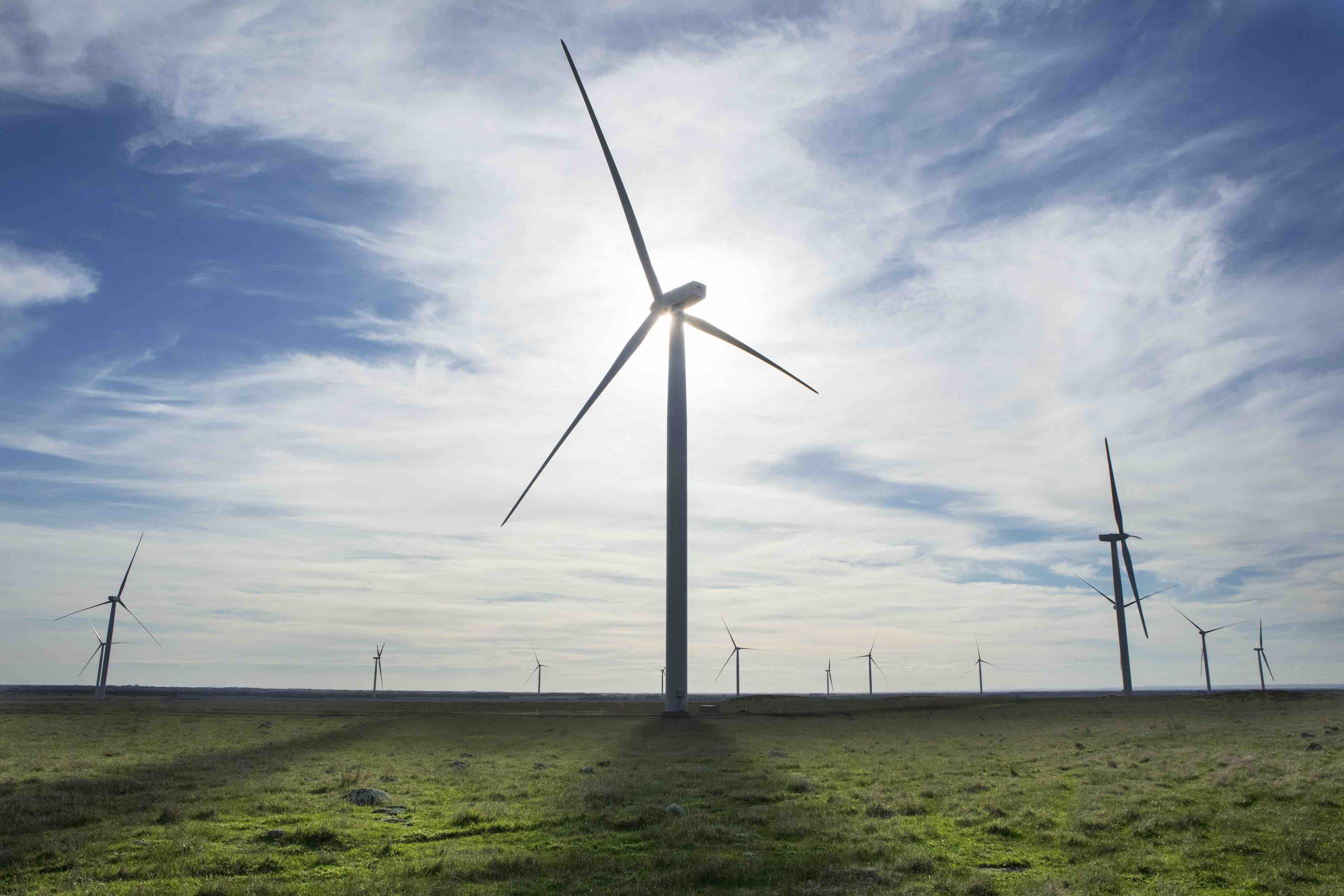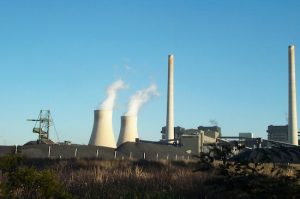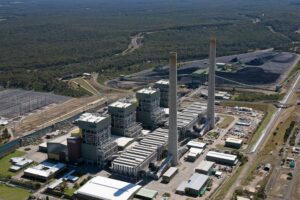The International Energy Agency (IEA) reportedly has a guideline which says solar and wind energy should be curtailed to ensure power from coal and other ‘dispatchable’ generation never falls below 50 per cent of generation “at any time”.
Or so Trevor St Baker, one of the co-owners of the polluting Vales Point coal power station in Australia, claims.
Early in September, the Australian Financial Review (AFR) reported that St Baker was irate that the Australian Energy Market Operator (AEMO) was not following a “clearly outlined international practice” which was supposedly recommended in an unspecified IEA guideline to curtail renewable generation when it matches ‘dispathchable’ generation.
It was a line repeated the following day by the same journalist once more citing St Baker.
So what is this guideline which St Baker and the AFR claim exists?
St Baker told RenewEconomy that he was referring to the IEA’s March 2017 report Getting Wind & Sun into the Grid which he insisted stated the “accepted international practice” was of “never having less than 1:1 back-up of intermittent wind and solar with firm available dispatchable generation, to ensure security and reliability of supply.”
The 1:1 backup claim is occasionally wheeled out by opponents of renewable energy seeking to claim that wind and solar are financially wasteful and do little to reduce emissions.
However, the only place the IEA report mentions the 1:1 limit on renewables is in a section titled “Grid integration: myths and reality” and lists one of the debunked claims as “VRE requires 1:1 backup”. (VRE is the IEA acronym for ‘variable renewable energy’.)
In the section on the topic, the IEA notes that while the output from wind and solar varies due to weather fluctuations “it does not follow that one megawatt [MW] of VRE needs to backed up with one MW of conventional power plant.”
Indeed, the IEA specifically cautions that it is “essential to remember that power systems are not dimensioned to back up any one particular group of power plants” but stressed the critical factor was the ability of a range of generators “as a whole” to meet demand.
The IEA also acknowledges that low-cost strategies to complement variable output of solar and wind includes demand-side response, pumped hydro and battery storage.
However, at no point does the report make any recommendations along the lines of the need to prevent the share of conventional power plants “falling below 50% of generation at any time.”
Instead, the thrust of the report is aimed at distinguishing the myths from the real challenges and setting out how to smoothly manage the transition of the electricity system to having a greater share originating from renewables.
To support his claim, St Baker pointed RenewEconomy to a section of the report which states that when renewables capacity increases to between three and 13 per cent of annual generation “it is imperative for the system operator to be able to turn off a sufficient proportion of VRE generation.
If it is not, security of supply may be at risk.” While the IEA says the system operator should have the capacity to turn off some capacity, it does not specify levels at which the ability should actually be used.
However, the following sentence — which was omitted in St Baker’s excerpt from the report — states that “in contrast, the lack of an effective forecasting system [to predict renewable generation] may lead a system operator to over-commit other generators and then excessively curtail wind generation — driving up costs.”
For its part, the IEA is adamant there is no such guideline specifying the need to cap renewables generation at any specific level.
“The IEA does not issue any requirement or guideline that a certain share of a specific generation technology (be it renewables, gas, nuclear or coal) is required. Rather, market design should seek to ensure reliability in a least cost way while respecting environmental constraints,” Simon Mueller, the head of IEA’s System Integration of Renewables Unit wrote in an email to RenewEconomy. (Mueller is listed as the contact for the report St Baker cited.)
Mueller suggested the claim that the IEA has a guideline recommending a 50 per cent cap on renewables “is a misunderstanding or misuse of analysis that we have published.”
Mueller noted that the system operator in Ireland did indeed initially put a 50 per cent limit on the amount of renewables resources that could be on its system including wind and solar. However, Ireland has subsequently increased the limit to 65 per cent.
“However, such limits are system specific and due to some design differences between Ireland and Australia the constraint is not that pressing for the National Electricity Market (NEM) as a whole,”Mueller wrote.
Tomorrow: Trevor St Baker’s coal power blues
Bob Burton is the Editor of CoalWire, a weekly bulletin on global coal industry developments published by CoalSwarm. (You can sign up for it here.) Bob’s Twitter feed is @BobBurtonoz.









